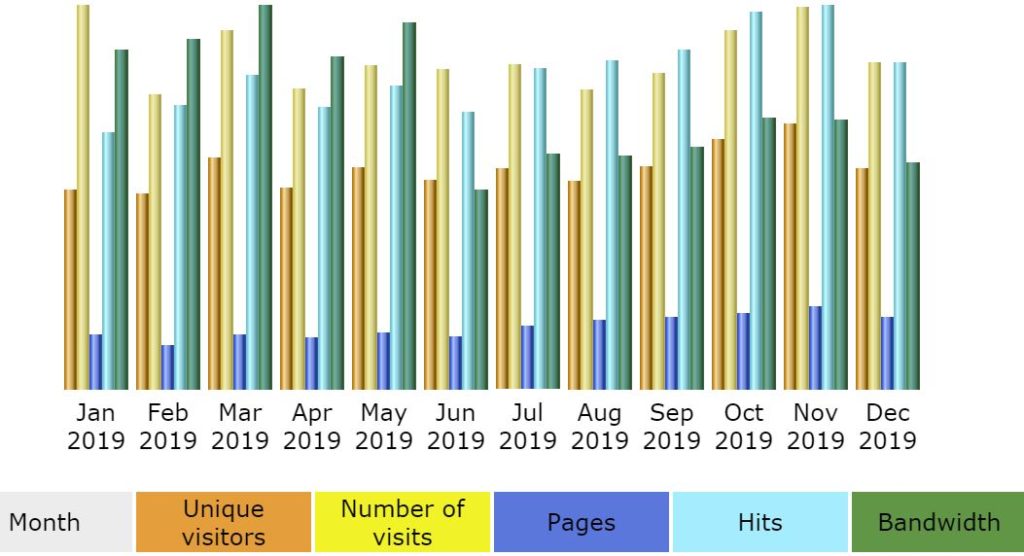Not exactly related to mechanical seals but I’ve published a genealogy book about my Buck family. It is available as an ebook on Amazon and will soon be available as a printed book. See https://www.amazon.com/dp/B0847R7WG8/ref=nav_timeline_asin?_encoding=UTF8&psc=1
My Buck family is usually referred to as the “Buck Family of Virginia”. The first member of the Buck family to come to the New World was the Reverend Richard Bucke who sailed from England on June 2, 1609 for Jamestown on the Seaventure. He was the second minister of the Virginia colony and is probably best known for performing the marriage ceremony of John Rolfe and Pocahontas in 1614.
The progenitor of my Buck family of Virginia was Thomas Buck (1618 – 1659) who left Gravesend, England for Virginia on August 21, 1635 onboard the ship George when he was seventeen years old. There is no known relationship between Thomas Buck and the Rev. Richard Bucke but there are several interesting, if perhaps circumstantial, similarities. They were from the same general area in England and settled into the same area in Virginia. It seems highly likely that Thomas would have known the children of Richard Bucke.
In Virginia, Thomas Buck settled into York County, Virginia and appeared to have been prosperous; however, he died at the age of 41. His will includes an inventory of his household goods which includes, among other things, a Bible and 8000 nails. There is little information on his children and grandchildren except for his great grandson Charles.
Charles Buck I was born about 1710 in York County and died in 1771 in the Shenandoah Valley. The three sons of Charles Buck I married three daughters of William Richardson and Isabella Calmes in 1774. These three families had thirty-two children. I am a descendant of Charles Buck II through his son William Calmes Buck.
Although the Buck family is not often mentioned in history books, they were a prominent and well-to-do plantation family in early Virginia. They were active in the local economy, politics and religion of the Shenandoah Valley during the 1700’s and 1800’s. In the 1800s, many family members moved westward, especially into Kentucky, Alabama, Mississippi and Texas.
The Buck family of Virginia also has connections to the Calmes, Ashby, Blakemore, Field, Helm, Neville, Payne, Pierce, Thomas, Bayly, Catlett, Sorrell and Mauzy families of Virginia and Maryland. Later, a strong connection to the Harrison family was developed in Texas.
All of this information and more is contained in the book. Most of it is also in my genealogy blog at http://buckfamilyofvirginia.blogspot.com/

